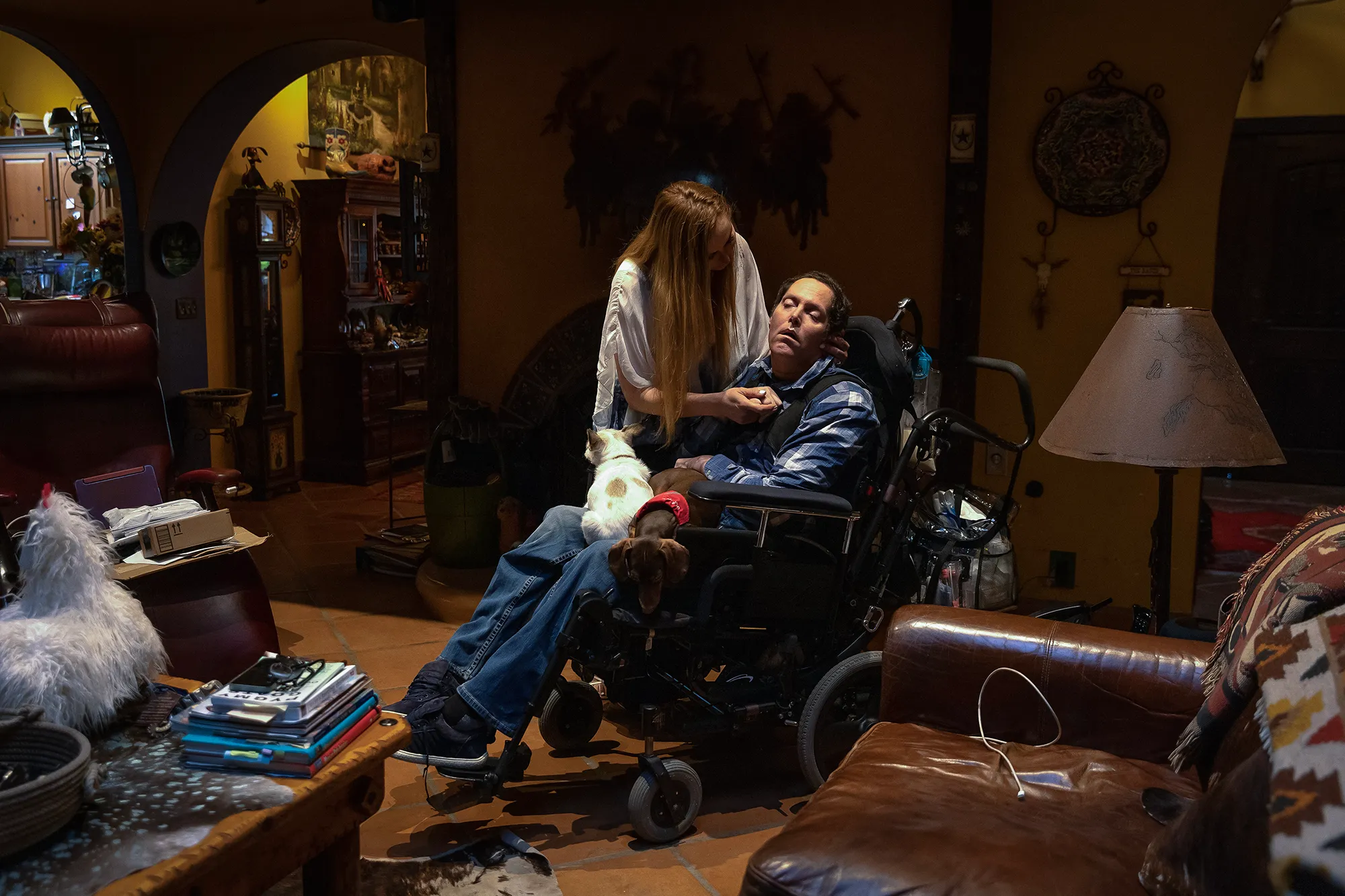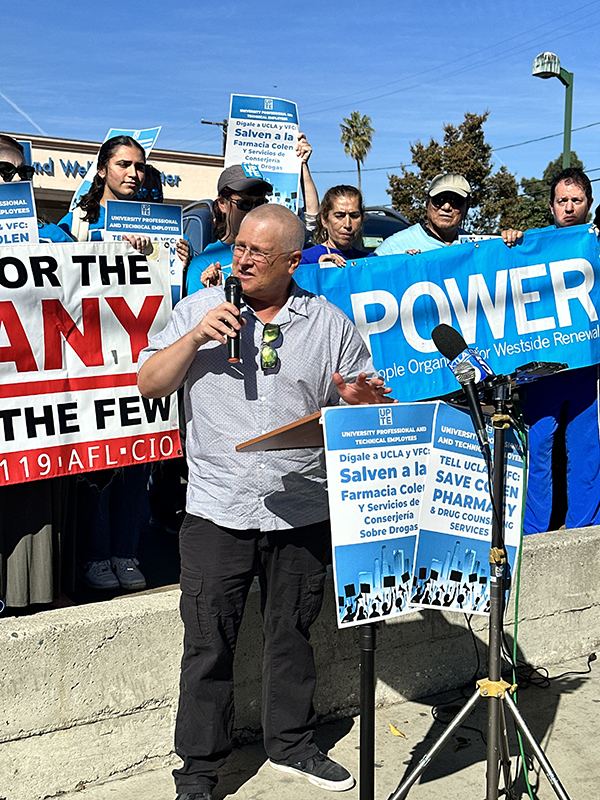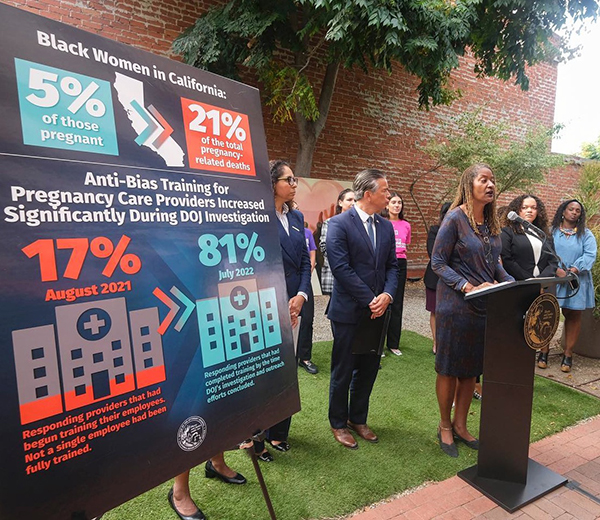By Marie Y. Lemelle, Contributing Writer
Dr. Joe G.N. “Skip” Garcia, is a world-renowned pulmonary physician-scientist, an endowed professor of medicine at the University of Arizona College of Medicine in Tucson, and an elected member of the Institute of Medicine of the National Academies.
Garcia says, “Trauma, sepsis and bacterial and viral pneumonias are common causes of acute respiratory distress syndrome (ARDS). People who have severe COVID-19 may develop ARDS.”
As a leading authority on the genetic basis of lung disease and the prevention and treatment of inflammatory lung injury, Garcia said, “Deaths due to COVID-19 infection primarily occur in patients transferred to the ICU. These patients develop severe respiratory distress, respiratory failure and full blown ARDS that occurs in patients with severe lung inflammation, low levels of oxygen in the blood (hypoxemia) and respiratory failure that requires mechanical ventilation. Unfortunately, the ventilator contributes to lung inflammation and ARDS mortality.”
Garcia talks about how the inflammation created by the coronavirus infection and a ventilator starts to damage organs, like kidneys, heart, and the liver, causing patients with ADRS to die from organ failure. He has cared for hundreds of ARDS patients over the nearly three decades of his career.
ML: According to reports, half a million people each year get acute respiratory distress syndrome in the ICU and one-third of the patients will die. Please explain ARDS.
JG: ARDS is a life-threatening inflammatory lung disorder leading to lung failure that was initially identified in Vietnam War soldiers experiencing battlefield trauma and rapidly evacuated to regional hospitals.
ARDS occurs in response to several inciting stimuli such as sepsis (infection in the blood), severe trauma, pancreatitis, smoke or toxic gas inhalation, severe bacterial pneumonia, or severe viral pneumonias, such as COVID-19 infection.
The mortality rate is staggering, approaching 40%, and is significantly higher among people of color. Prior to the onset of the current COVID pandemic, over half a million people in the U.S. annually develop ARDS, over 2 million people globally. Currently, there are no FDA-approved therapeutics for ARDS.
ML: What are the symptoms as it relates to COVID-19?
JG: Studies suggest that the lungs are the main organ initially damaged by COVID-19. Typically patients are referred or self-referred with fever, shortness of breath and cough and are found in the ER to be COVID-19 positive with very low oxygen levels (hypoxia) and need oxygen supplementation and possibly a ventilator for the more advanced cases such as ARDS.
ML: What happens when patients experience ARDS?
JG: ARDS occurs when the body releases a tsunami of inflammatory mediators, commonly referred to as a cytokine storm. The inflammation produced by inflammatory proteins cause leakiness of blood vessels in multiple vital organs (kidneys, heart, brain).
Lung blood vessel inflammation and leakiness results in fluid accumulation and flooding of the lung’s air sacs, called alveoli, which increases the work of breathing and reduces oxygen levels in vital organs. The patient becomes fatigued and can no longer maintain adequate respiration and needs ventilatory assistance, initially with oxygen supplementation, however, in most cases, the patient requires intubation and placement on mechanical ventilation, a lifesaving intervention.
Unfortunately, the ventilator serves as a two-edged sword as mechanical stress from the ventilator directly increases lung and systemic inflammation that contributes to dysfunction of multiple vital organs thereby increasing ARDS mortality. This sequence is common in COVID-19-infected patients whose fever and cough progress to full development of a viral pneumonia that sequentially leads to increasing lung inflammation, leaky lung blood vessels, lung flooding, respiratory fatigue and ultimately the need for mechanical ventilation.
ML: Why are we continuing to see more COVID-19 deaths?
JG: COVID-19 infections in the U.S. are rising and the associated COVID-related deaths are following the surge in cases. Since the start of the pandemic, great progress has been made in diagnosing and treating patients with COVID-19. However, specific patients are at risk for poor outcomes following COVID-19 infection.
These include the elderly and patients with weakened immune systems due to underlying medical conditions such as diabetes, chronic heart, lung, or kidney disease. In these patients, virus-induced inflammation is largely unchecked and rapidly progresses to severe hypoxia (starving for oxygen) and respiratory distress which require mechanical ventilation that further exacerbates the profound inflammatory burden that can lead to organ failure and death.
ML: What can the public do to help mitigate COVID-19 induced emergencies?
JG: The clear deterrent to a COVID-19 outbreak is to continue to follow the CDC guidance: rigorous social distancing, washing hands regularly and wearing a mask appropriately, ensuring the mouth and nose are both covered. For emergencies it will be critical for the CDC and WHO to be proactive in early warnings and detection so we can try and put in preventative measures prior to a clustered outbreak. Enhanced contact tracing can curb a flare up and ensure proper quarantine measures are implemented.
ML: Will an effective treatment be found for ARDS?
JG: With the urgency of the COVID pandemic driving the conduct of record numbers of clinical trials, I do believe a life-saving therapy for ARDS will be identified in due time. While there is no drug approved by the FDA or in any other countries to treat ARDS, we are making great strides in understanding how ARDS can be treated.
ML: What clinical trials have been conducted to find treatment?
JG: There are many clinical trials being conducted currently for COVID-19 related ARDS. Results suggest that the antiviral Remdesivir can be effective in accelerating recovery and shortening the virus lifespan. A large trial in the UK showed dexamethasone, a steroid, could be beneficial in severe ARDS patients.
Clinical trials by the NIH, the U.K., and the World Health Organization of the anti-malarial and anti-inflammatory drug, hydroxychloroquine, used for treatment of autoimmune diseases, all showed the drug not to be beneficial and with potential cardiac toxicity. Therefore, it is critical to find new solutions to treat ARDS and COVID-19-induced ARDS.
Marie Y. Lemelle, is the founder of www.platinumstarpr.com and a film producer. She can be reached at MarieLemelle@platinumstarpr.com. Follow her on Instagram @platinumstar.












